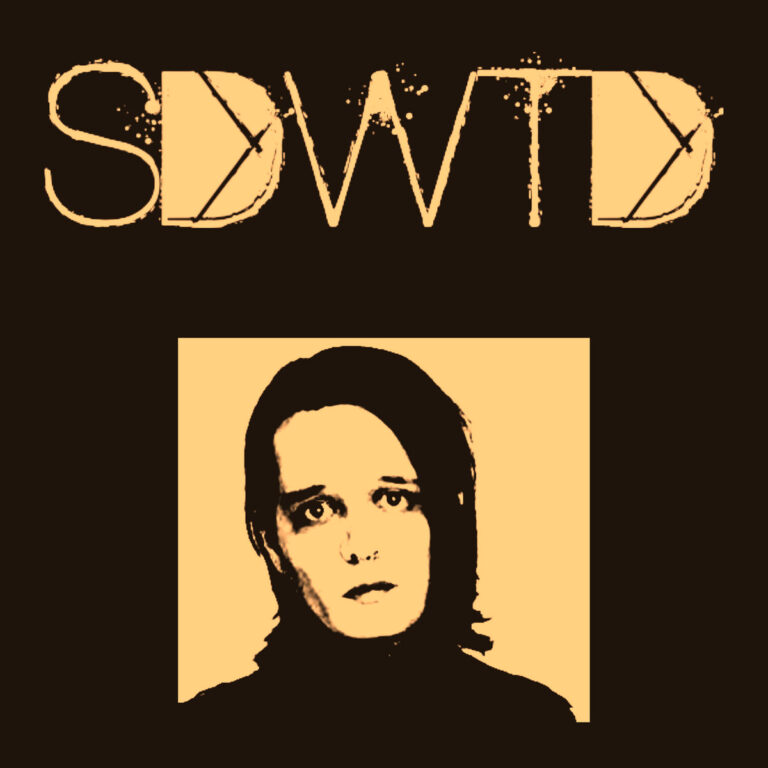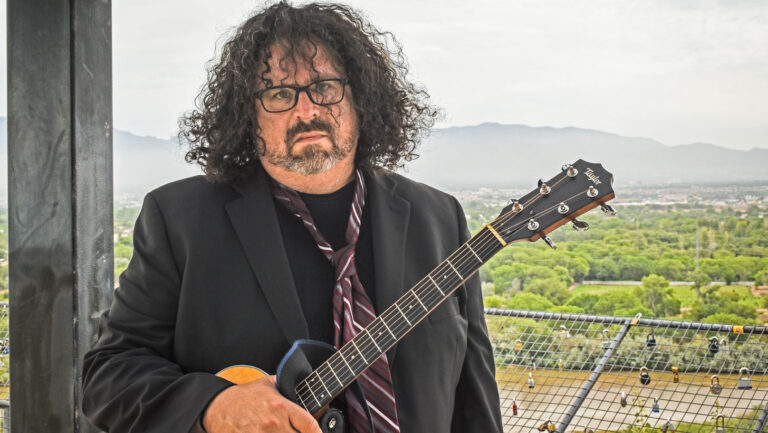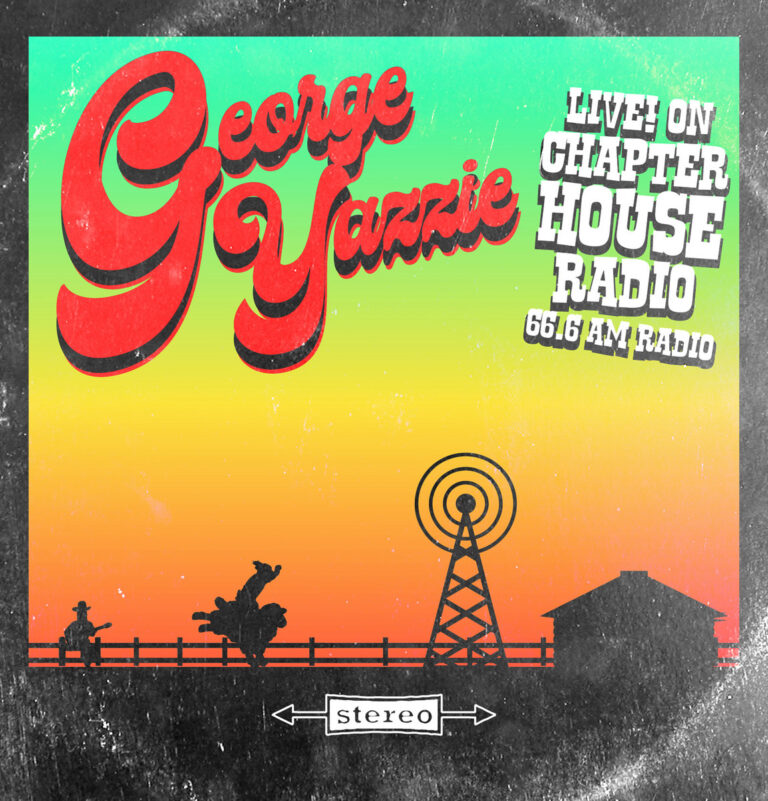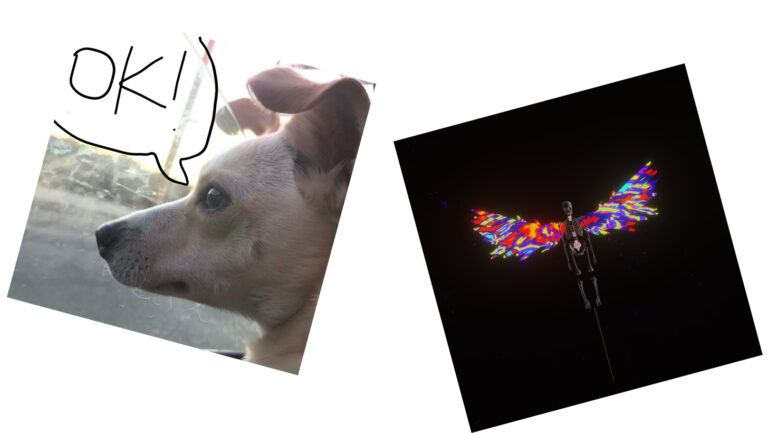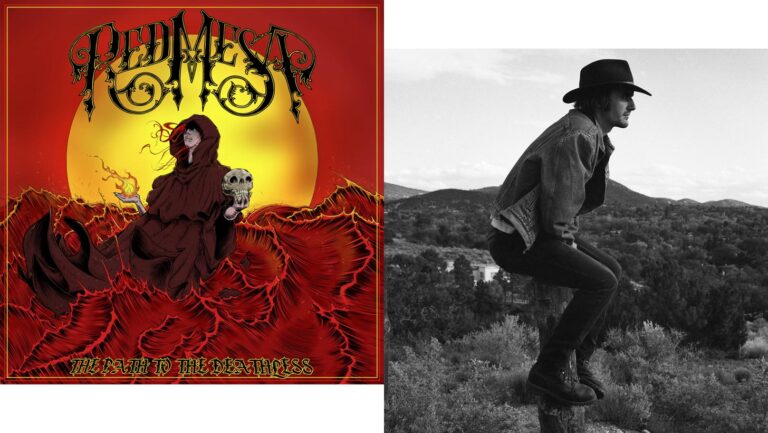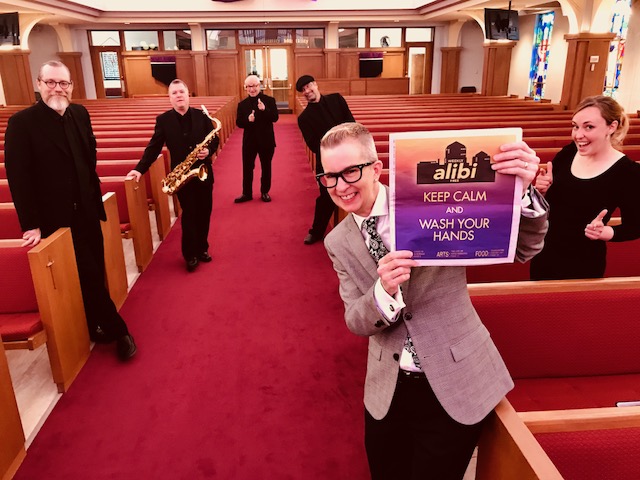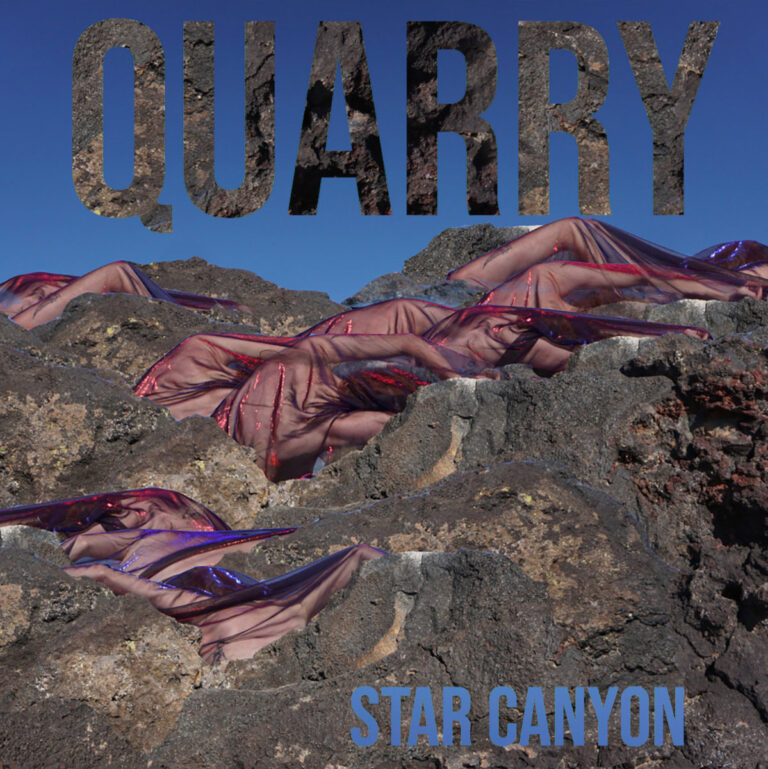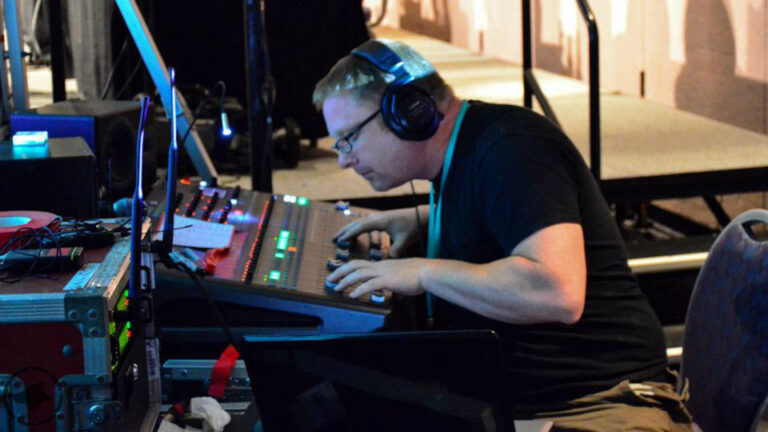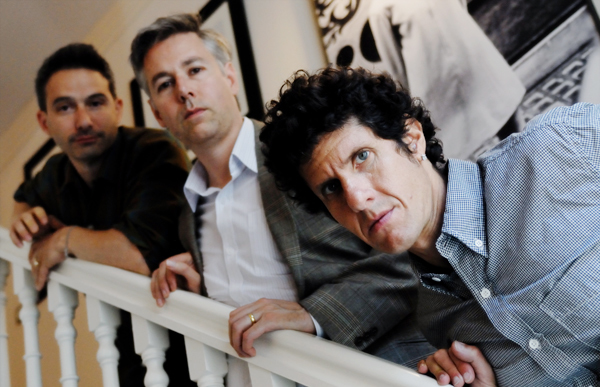Going Back East
After his “electric groove-based” Elastic Band, which generated a “wall of sound” with a full complement of various keyboards, buttons and pedals, and after an extended tenure with the SF Jazz Collective (that’s San Francisco, not Santa Fe)—“a big band with a big sound,” he says—Redman found the idea of “playing in a very stripped-down context” appealing.“Trio is pretty naked,” says Redman. “I liked that idea, of exploring a band where there isn’t a dedicated harmonic instrument, and it’s really just about the simplicity of the voices.”The tongue-in-cheek title Back East relates to his first experiences on the jazz scene in New York, where the new CD was recorded. “Everyone was writing really complex tunes that had all these different potholes in them, so I always associated New York with a kind of really intense, muscular, prove-your-mettle kind of thing,” says the West Coast native.The CD’s memorable title track has that same intensity—provided in no small part by the horripilating work of Harland and Rogers. Though fairly simple musically, the tune provides bracing rhythmic challenges with frequent meter changes. “It’s a brain-twister, a lot of different ins and outs,” he says.The Sonny Rollins Factor
Back East also plays off the 1964 Sonny Rollins release Way Out West , which had its own set of East/West associations, playing off the contrasts between the East and West Coast jazz scenes.Two of the songs on the Rollins recording, “I’m an Old Cowhand” and “Wagon Wheels,” have found their way onto Back East, and Redman speaks warmly of Rollins, whom he calls “my biggest influence—not just as a saxophonist but as an improviser. [Sonny Rollins’ music] opened the door for me into the real appreciation and understanding of jazz improvisation. I understood that improvisation could be at once completely spontaneous and free, in the moment, and yet at the same time have this unerring logic and structure and have that storytelling quality.”Like Rollins, Redman is seldom far from melody and lyricism. “My writing and playing have more nuance, complexity and subtlety as—hopefully—I mature as a player,” he says, “but no matter how complex or intellectual the music can get, I want the music to sing— even if it’s a strange song.”Farther Back East
One of the most obvious differences in Redman’s approach to the two Way Out West tunes is the Eastern tinge in the harmonic structure. The modal drone weaves in and out of the entire CD, but it surfaces strongly on Redman’s “Zarafah” and “Mantra #5.” On those tunes, as well as “Wagon Wheels,” Redman picks up the soprano sax, on which his playing acquires an almost devotional quality.“It’s amazing to me that the [tenor and soprano] are both saxophones. It’s like I’m speaking in a completely different voice when I’m playing soprano as opposed to tenor,” he says. “In general, I’ve always found that the soprano has a more haunting and fragile quality—not weak. It really lends itself to songs outside of conventional Western harmony.”Tenor, soprano, inside, outside, East, West—the Joshua Redman Trio brings an intense commitment to the trio setting, and whatever the direction, they get deep into the music.The Joshua Redman Trio appears in Albuquerque at the National Hispanic Cultural Center on Friday, Oct. 19, at 7:30 p.m. Tickets are $45/$30/$25/$20 ($5 discount for Outpost members) and are available at Ticketmaster, the Outpost Performance Space and the National Hispanic Cultural Center; and in Santa Fe on Saturday, Oct. 20, at 7:30 p.m. at The Lensic. Tickets are $55/$40/$30/$20 ($5 discount for Outpost members) and are available at the Lensic box office, www.lensic.com, and the Outpost.

